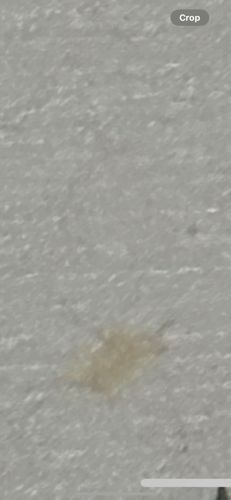Thrips
Scientific Name: Various genera within Thysanoptera (e.g., Frankliniella, Thrips, Heliothrips)
Order & Family: Order: Thysanoptera, Family: Thripidae (most common pest species)
Size: Typically 0.5 mm to 2 mm in length.

Natural Habitat
Widely distributed globally, found on a variety of plants, including agricultural crops, ornamental plants, and in greenhouses. They often reside in protected areas of plants like flower buds, leaf folds, and under sepals.
Diet & Feeding
Mainly plant sap, pollen, and fungal spores. Some species are predatory and feed on other small insects or mites.
Behavior Patterns
Thrips are known for their rasping-sucking mouthparts, which they use to feed on plant cells, often causing damage such as distorted growth, silvery streaks, or bronzing on leaves and flowers. They can move quickly but are not strong fliers and are often dispersed by wind. Some species reproduce parthenogenetically, meaning females can lay eggs without fertilization.
Risks & Benefits
Risks: Significant agricultural and horticultural pests, causing direct damage to plants and transmitting plant viruses (e.g., tomato spotted wilt virus). Benefits: Some species are beneficial predators of other pests like mites and other thrips, making them useful in biological control.
Identified on: 8/30/2025